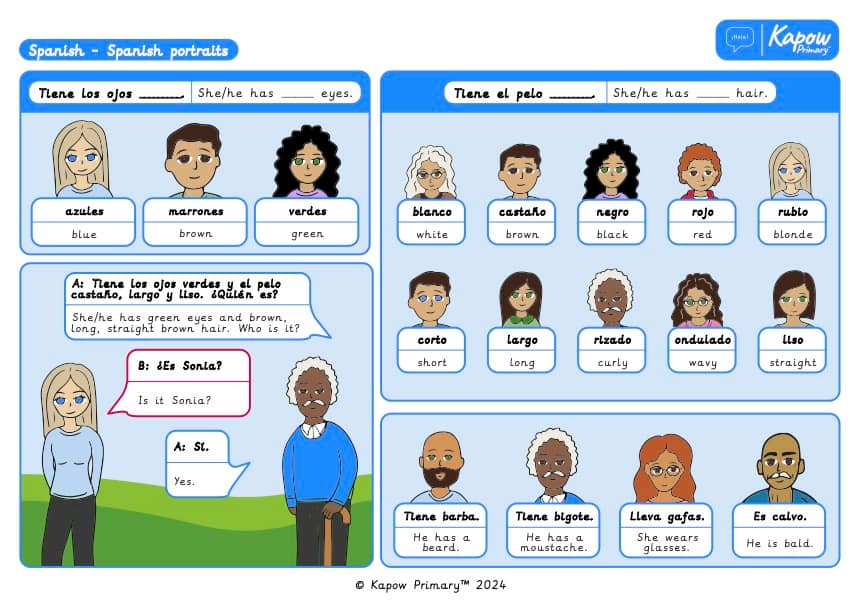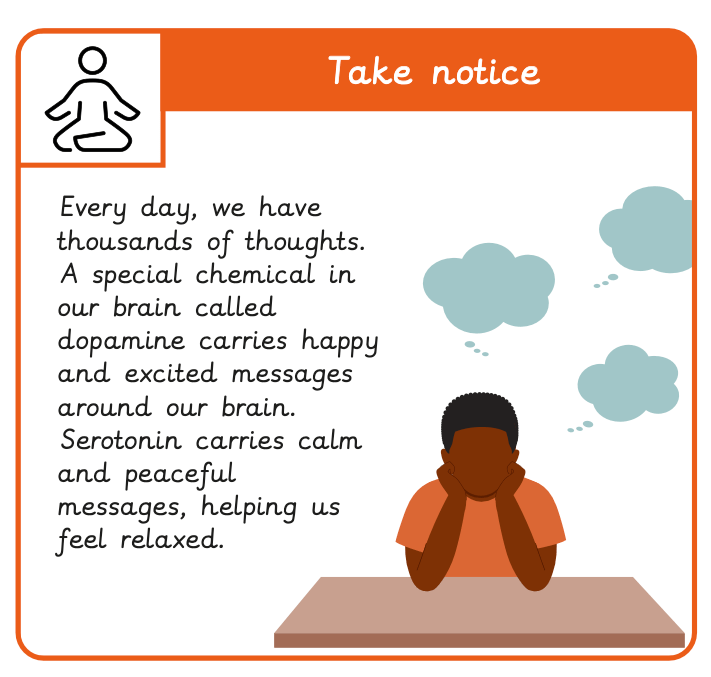
A Knowledge organiser that captures the essential knowledge and skills learnt throughout the unit Wellbeing, Year 4.
This Wellbeing resource is designed to support the pupils as they develop a deeper understanding of emotional and physical health. It introduces key vocabulary such as resilience, self-awareness, positive mindset, mental health, and balance, helping the pupils recognise strategies for managing emotions and stress. The pupils will also learn about the importance of self-care, personal boundaries, and maintaining healthy relationships.
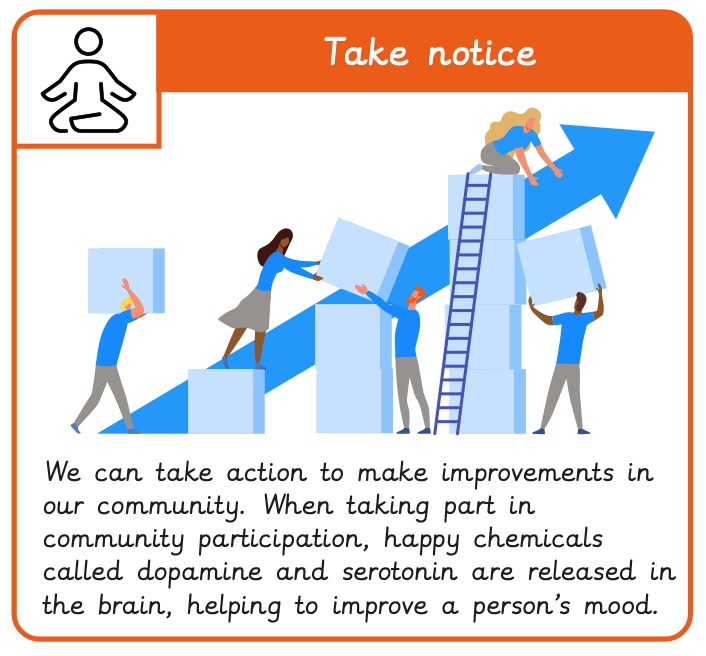
A Knowledge organiser that captures the essential knowledge and skills learnt throughout the unit Wellbeing, Year 3.
This Wellbeing resource is designed to support the pupils as they explore strategies to maintain physical and emotional health. It introduces key vocabulary such as self-esteem, mindfulness, coping strategies, gratitude, and empathy, helping the pupils understand how to manage emotions and build positive relationships. The pupils will also learn about the importance of self-care, resilience, and recognising their feelings in different situations.
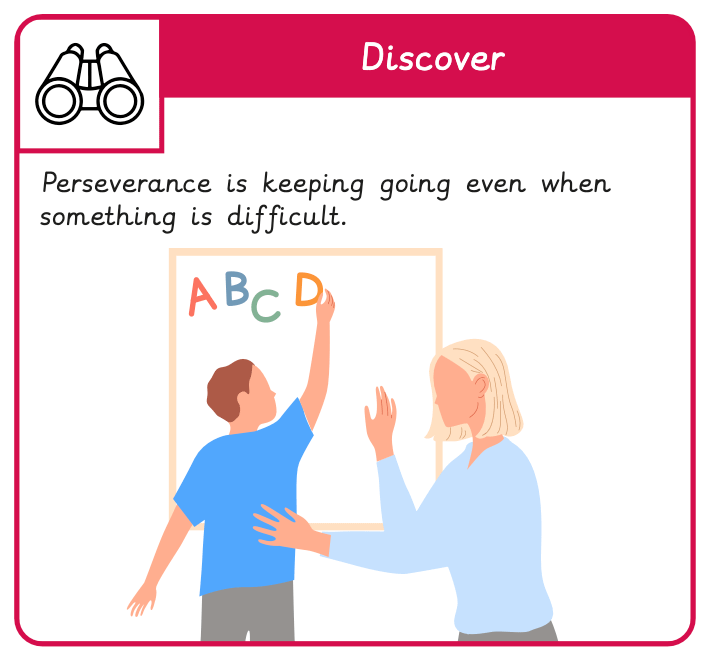
A Knowledge organiser that captures the essential knowledge and skills learnt throughout the unit Wellbeing, Year 2.
This Wellbeing resource is designed to support the pupils as they explore ways to maintain their physical and emotional wellbeing. It introduces key vocabulary such as feelings, relaxation, kindness, resilience, and gratitude, helping the pupils understand the importance of recognising and managing emotions. The pupils will also learn about healthy habits, positive relationships, and strategies to promote self-care and mindfulness.
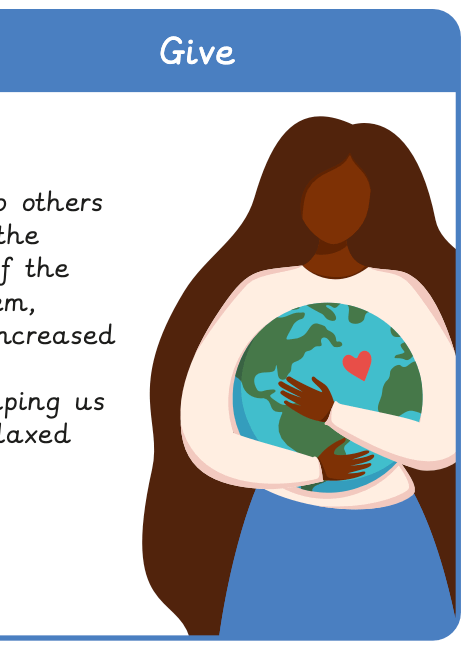
A Knowledge organiser that captures the essential knowledge and skills learnt throughout the unit Wellbeing, Year 5.
This Wellbeing resource is designed to support the pupils as they explore strategies for maintaining mental and physical health. It introduces key vocabulary such as self-regulation, emotional intelligence, resilience, wellbeing, and self-care, helping the pupils develop a greater awareness of their thoughts and feelings. The pupils will also learn about managing stress, building positive relationships, and developing a growth mindset.
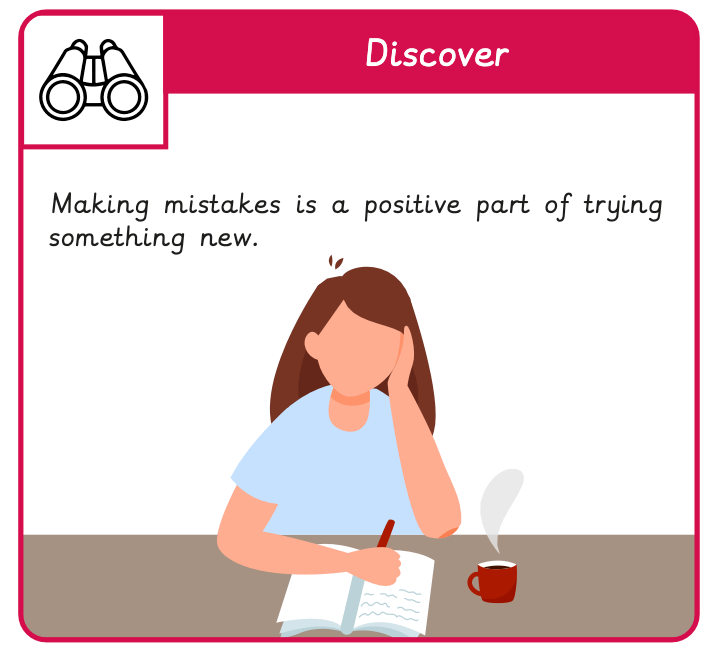
A Knowledge organiser that captures the essential knowledge and skills learnt throughout the unit Wellbeing, Year 1.
This Wellbeing resource is designed to support the pupils as they explore the concept of wellbeing and how to care for their physical and mental health. It introduces key vocabulary such as emotions, resilience, self-care, mindfulness, and balance, helping the pupils understand the importance of looking after themselves and recognising their feelings. The pupils will also learn simple strategies to manage emotions, build positive relationships, and develop healthy habits.
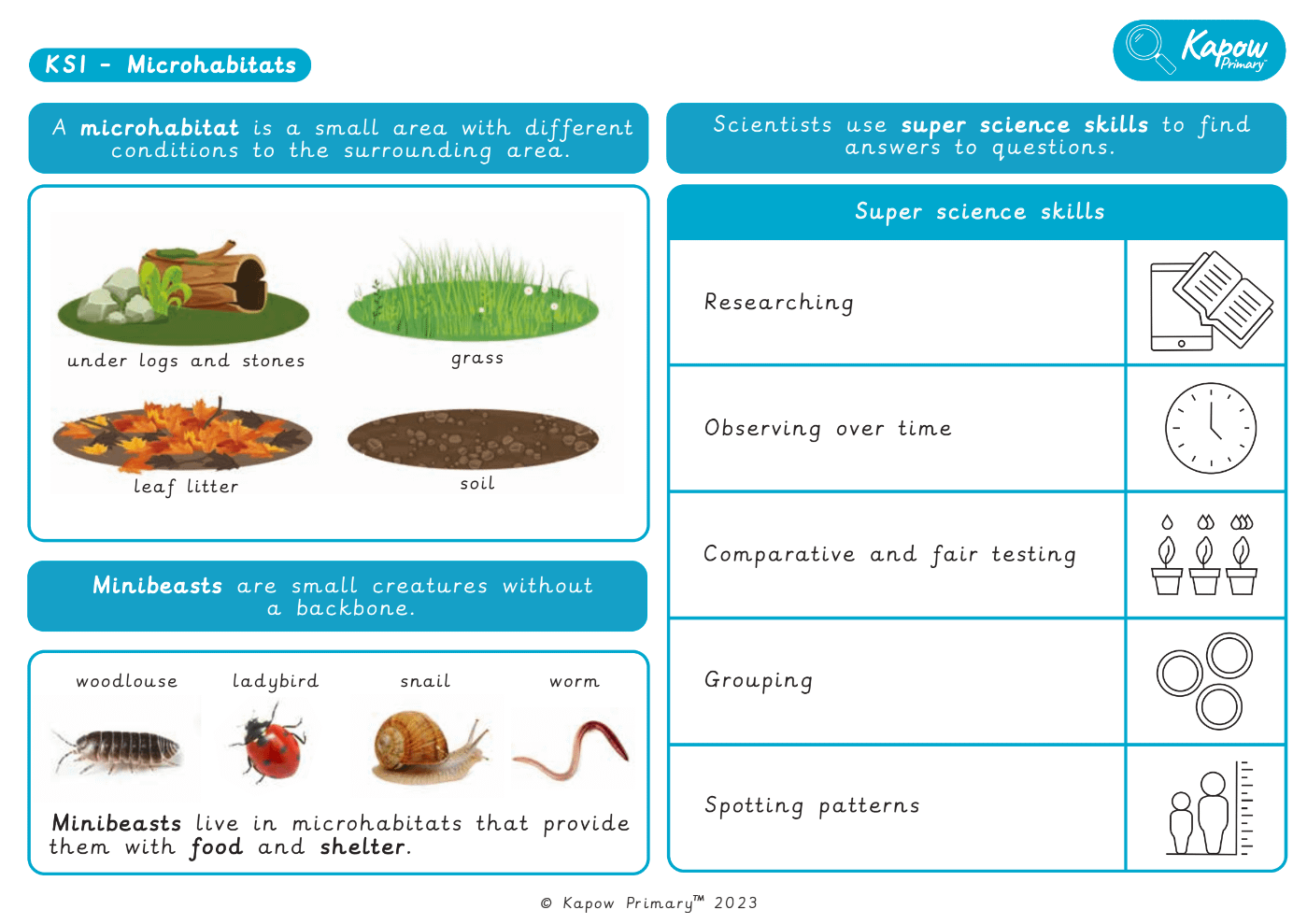
A Knowledge organiser that captures the essential knowledge and skills learnt throughout the unit Science, Year 2, Living things: Microhabitats unit.
This resource is designed to support the children as they explore microhabitats. It highlights key vocabulary and concepts, including what microhabitats are, the conditions they provide and the types of minibeasts that live in them. The resource also encourages the use of scientific enquiry skills, such as researching, observing over time and grouping. It is perfect for consolidating essential knowledge and fostering curiosity about the natural world and the small creatures that inhabit it.
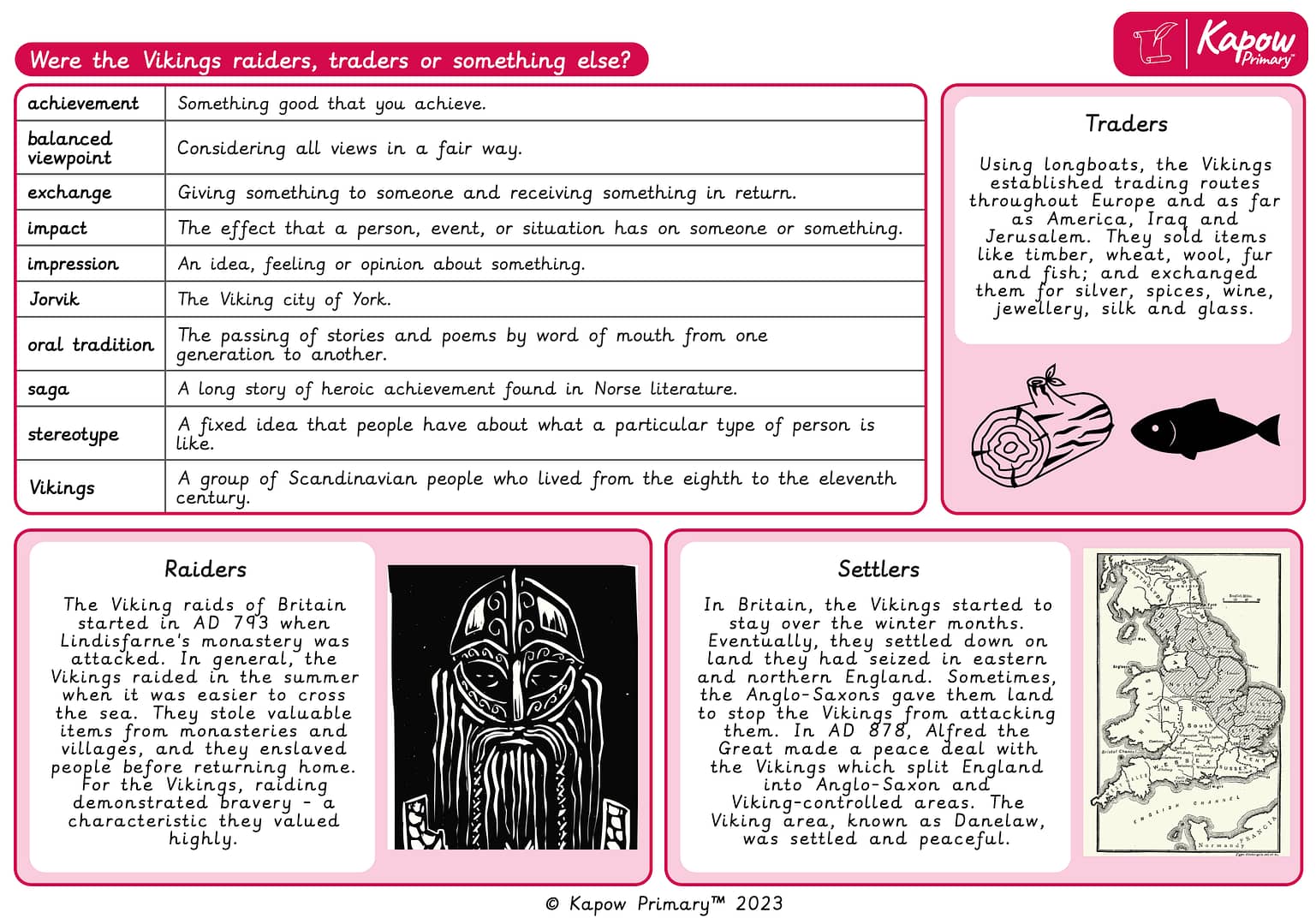
A Knowledge organiser that captures the essential knowledge and skills learnt throughout the mixed age unit History, Y5/6 (A): British history 4: Were the Vikings raiders, traders or something else?
This resource is designed to help pupils explore the complex roles the Vikings played as raiders, traders, and settlers. It introduces key terms such as saga, oral tradition, stereotype, and balanced viewpoint, encouraging pupils to consider a range of perspectives.
Through illustrated sections, the unit examines Viking raids—beginning with Lindisfarne in AD 793—alongside their far-reaching trade networks and eventual settlement in regions like Danelaw.
A detailed timeline spanning AD 793 to AD 1042 supports a chronological understanding of Viking influence in Britain, including major events such as the Battle of Edington and the rule of King Cnut. This resource supports historical enquiry by helping pupils build vocabulary and analyse evidence from multiple viewpoints.
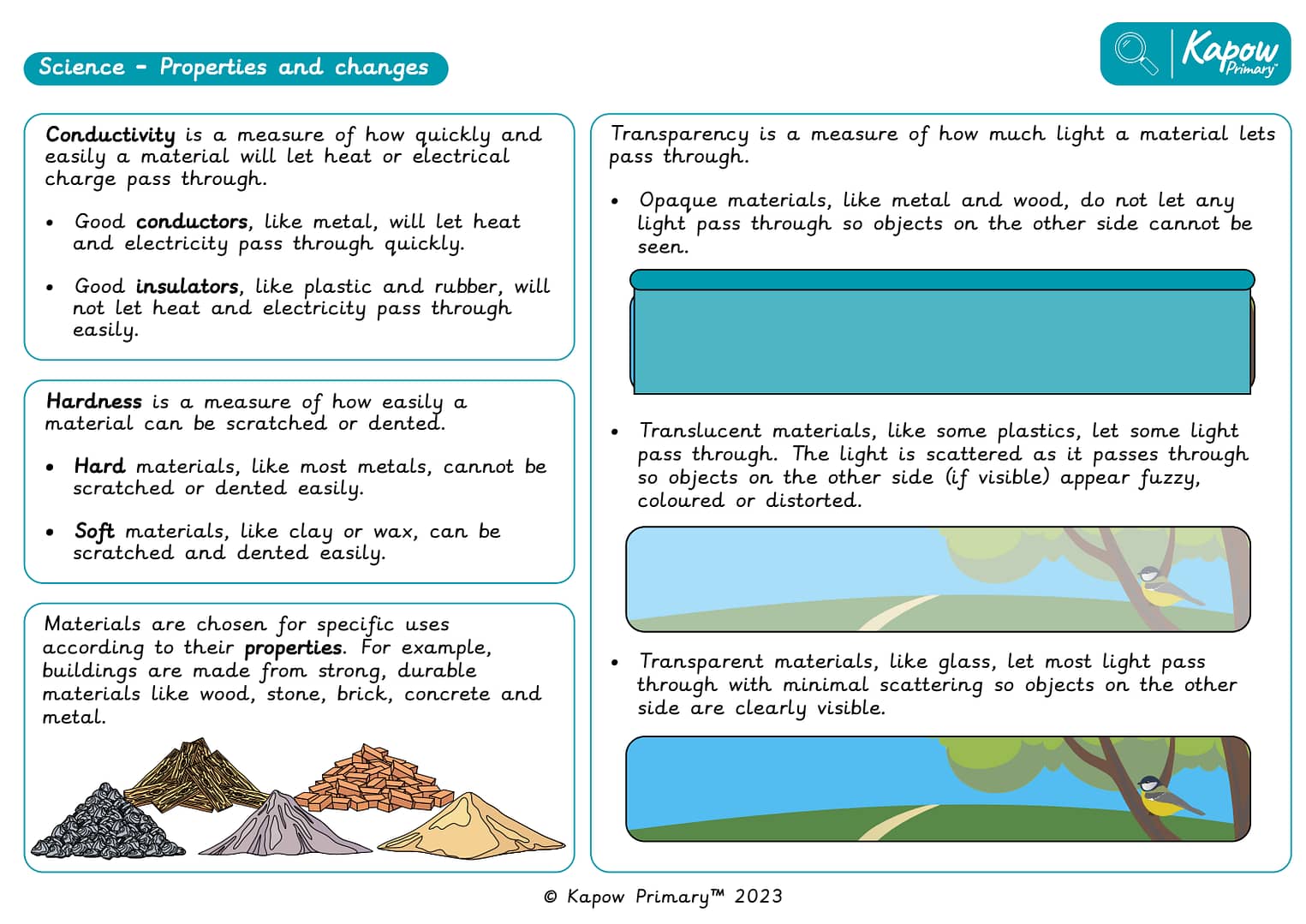
A Knowledge organiser that captures the essential knowledge and skills learnt throughout the unit Science, Year 5, Materials: Properties and changes.
This resource is designed to support the children as they explore the properties and changes of materials. It highlights key vocabulary and concepts, including conductivity, hardness, transparency and the suitability of materials for different uses. The resource also explains the difference between reversible and irreversible changes, with examples such as dissolving, melting, burning and rusting. It is perfect for consolidating essential knowledge and fostering an understanding of how materials behave and how they can be changed through physical and chemical processes.






